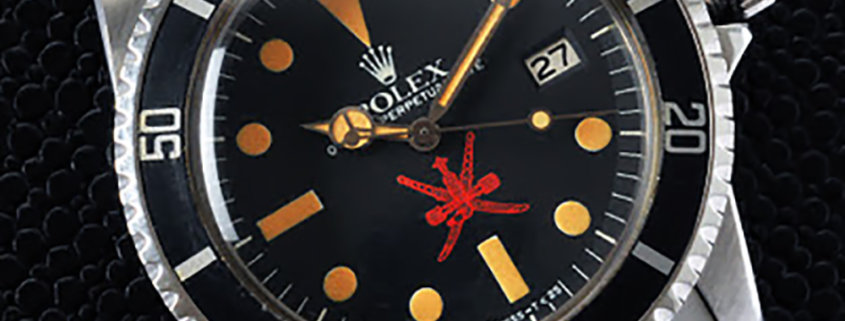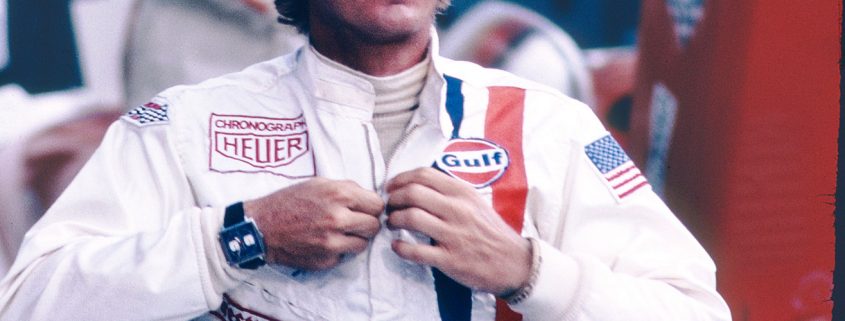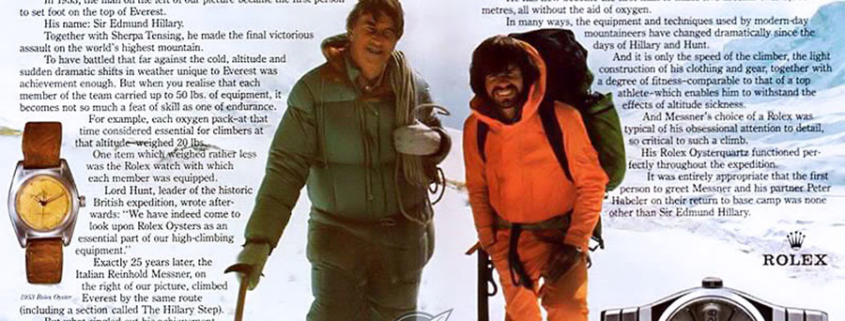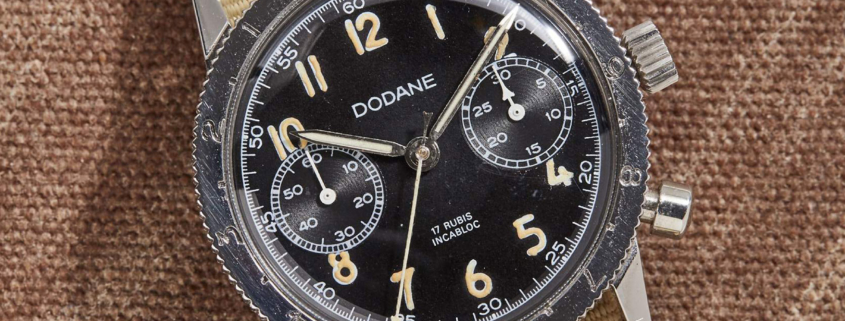Radium Watch Dials And Radium Girls: Who Would Have Thought ‘Eating’ Radioactive Material Was Deadly?
One of the last of the so-called Radium Girls passed away at the age of 107 in late 2014. These were women working in factories tasked with painting the numerals and other markings on watch dials with a luminous paint comprising glue, water, and radium powder. Little did they know the consequences this job would have.









